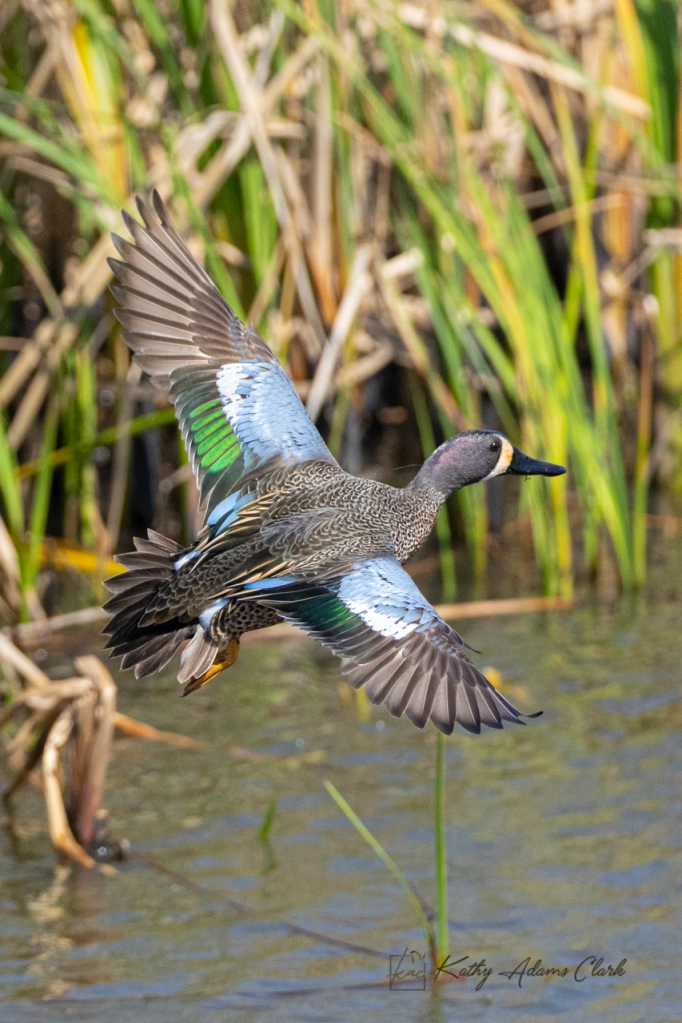
Continuing my test of the Canon R3, I turned to small birds in flight. There are two rufous hummingbirds in my yard so I figured they would be a good test.
FYI — below is an analysis of 516 pictures taken over 4-minutes with the camera on electronic shutter. The hummingbird left and I had more than enough photos to analyze.
There were bees around the feeder. In only one instance did the auto focus leave the bird and hook on to a bee.
The Whole Area Auto Focus left the hummer and locked on the feeder for five frames out of the 516.
Analysis of minute one: I captured 129 images during the first minute of shooting using the electronic shutter. Two or three images were out of focus when the hummer buzzed backwards but the rest were in tight focus. 1/3200th shutter speed with auto ISO. ISO was usually in the 5000 range.


Analysis of minute two: I captured 141 images with the electronic shutter. Shutter speed is 1/6400th with auto ISO in the 8000 range.
The autofocus lost the hummer for four frames as the bird hovered. Then the auto focus reaquired the hummer and locked on. The hummer was in motion as it flew in and out to feed at the feeder.
The hummer took a drink of sugar water from the feeder and then hovered to swallow for 21 frames. There’s tight focus on 16 of the hovering frames. The camera got a bit confused as it changed focus to the feeder and then back to the hummer.
In this instance, the R3 lost focus on the hummer when the bird was mostly obscured by the feeder. Focus locked back on the bird when the hummer moved more of its body toward the camera.
During this same minute, the hummer drank from the feeder again and the R3 never lost focus on the bird. There are 16 frames where the hummer is behind the feeder and the R3 is locked on the hummer. The hummer hovers for 11 frames with no loss of focus.

Three to four frames per wing flap, if you’re curious.

When birds are in flight, my Canon R5 and R6 would auto focus on bird-wing-bird-wing-bird-wing. I didn’t see the R3 get distracted by the wing more than once or twice in 141 frames.
What Happened During Minutes Three and Four? More of the same. Sharp, tight focus on a hummingbird in flight. I am so impressed with the auto focus on the Canon R3.


Questions or comment? Please feel free to post below. Thanks for reading.








